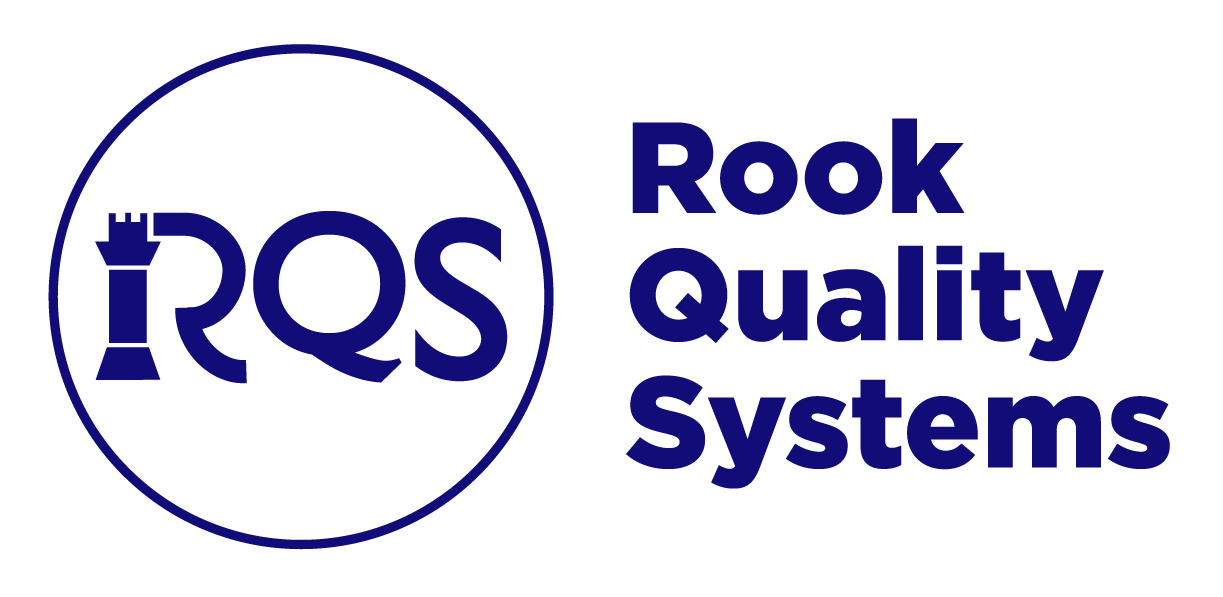Risk Management in the Medical Device Industry – Part 2
ISO 14971 and ISO 24971: Enhancing the Safety of Medical Devices through Effective Risk Management
The development and manufacturing of medical devices are critical processes that require strict adherence to safety standards to protect patients and healthcare providers. ISO 14971 is the international standard that outlines the principles and methods for managing the risk associated with medical devices while ISO TR 24971 provides guidance on the application of ISO 14971. These standards play a vital role in ensuring the safety and efficacy of medical devices throughout their lifecycle. This blog post explores the significance of ISO 14971 and ISO 24971, and highlights how individuals and organizations can utilize these standards to effectively cover the risks of medical devices.
Understanding ISO 14971 and ISO 24971
ISO 14971 was developed to provide guidance on risk management for medical devices. It outlines a systematic approach to identify, evaluate, and control potential hazards throughout the device’s life cycle. However, to keep up with the evolving landscape of medical technology and align with international regulatory requirements, ISO TR 24971 was released in 2020.
The Risk Management Process
ISO 14971 emphasizes a risk management process that comprises of five key steps:
- Risk Analysis: The initial step involves identifying potential hazards associated with a medical device and analyzing the likelihood and severity of harm that may result from these hazards.
- Risk Evaluation: In this phase, the identified risks are assessed to determine their acceptability based on factors such as the severity of harm, probability of occurrence, and the benefits of the device. Risks that exceed acceptable levels require further mitigation.
- Risk Control: This step focuses on implementing measures to reduce or eliminate risks. It involves modifying the device design, incorporating safety features, providing clear instructions for use, and considering protective measures during the device’s production.
- Residual Risk Assessment: After applying risk controls, any remaining risks are reevaluated to ensure they are within acceptable levels.
- Risk Management Review: Throughout the device’s lifecycle, continuous monitoring and assessment of risks are conducted, and any necessary adjustments or improvements are implemented.
The Importance of Risk Management Standards for Medical Devices
The use of ISO 14971 and ISO 24971 in the medical device industry offers several key benefits:
- Enhanced Patient Safety: By systematically identifying and addressing potential risks, these standards help minimize the occurrence of adverse events, reducing harm to patients and healthcare providers.
- Regulatory Compliance: Adhering to these international standards ensures that medical device manufacturers meet the regulatory requirements of various countries and regions, facilitating global market access.
- Improved Product Quality: Integrating risk management principles into the product development process leads to better product design, performance, and reliability.
- Efficient Resource Allocation: Identifying potential risks early in the development process allows for effective allocation of resources and prioritization of risk mitigation activities.
Utilizing ISO 14971 and ISO 24971 for Effective Risk Management
To harness the full potential of ISO 14971 and ISO TR 24971, individuals and organizations involved in the medical device industry should adopt the following practices:
- Comprehensive Training: Ensure that all stakeholders, including product designers, engineers, and regulatory affairs personnel, receive comprehensive training on risk management principles and the specific requirements of the standards.
- Cross-Functional Collaboration: Encourage collaboration between different departments to gather diverse perspectives and expertise in identifying potential hazards and devising effective risk mitigation strategies.
- Documentation and Traceability: Maintain detailed documentation of the risk management process, including risk assessments, risk control measures, and their outcomes. This documentation is crucial for regulatory submissions and audits.
- Periodic Reviews: Conduct regular reviews of risk management activities to assess their effectiveness and identify any new risks that may arise during the device’s lifecycle.
Conclusion
ISO 14971 and ISO 24971 are invaluable tools for medical device manufacturers and regulatory bodies alike, providing a systematic approach to identify and manage risks throughout the device’s lifecycle. By following these standards, organizations can enhance patient safety, achieve regulatory compliance, and improve overall product quality. Embracing a proactive approach to risk management in the medical device industry is essential in delivering safe and effective healthcare solutions to patients worldwide.
This post is part of a 3-part series:
https://rookqs.com/blog/risk-management-medical-devices-part-1/
https://rookqs.com/blog/risk-management-medical-devices-part-3/
